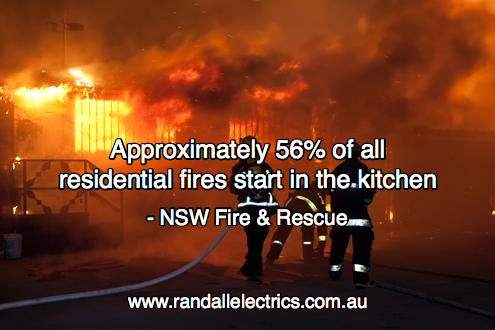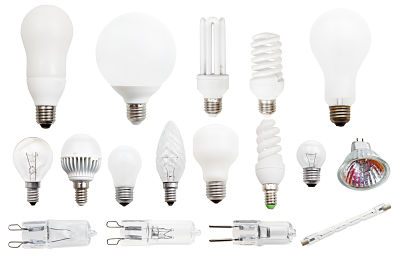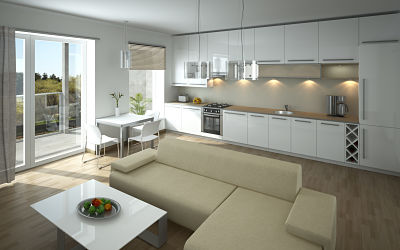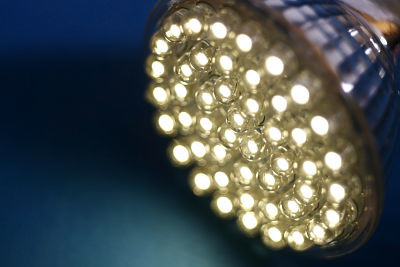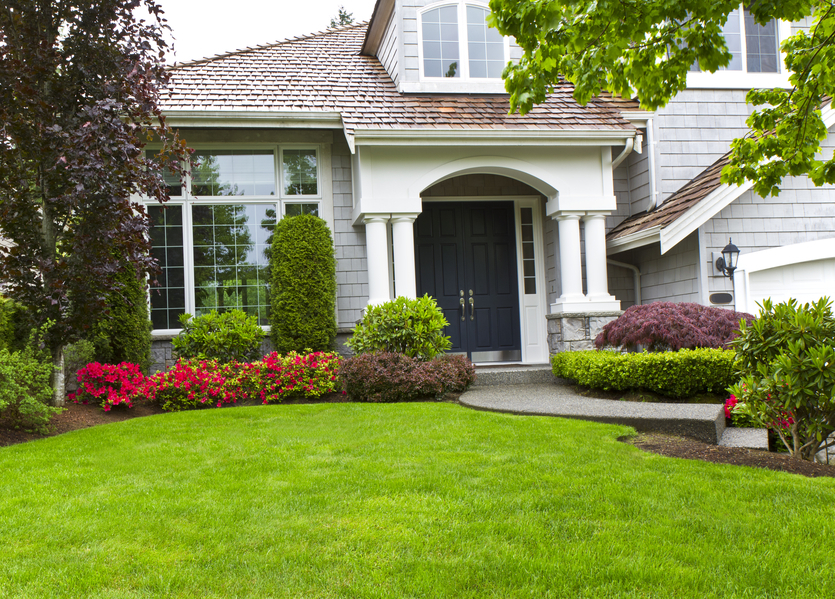- If you do have a faulty electrical appliance that causes a fire in your home, how do you deal with the problem?
- What do you do with the faulty appliance and what are your rights as a consumer?
 Of course, preparation is key. When it comes to electrical appliances, testing and maintenance upkeep and replacement (if necessary) are vital. You might have noticed that electrical appliances can wear out pretty quickly. This is a result of both the materials they are made with – nothing is really built to last these days – and the heavy reliance we all place on our home appliances. In order to keep your family safe at home, it’s important to carry out routine maintenance checks or replace appliances when necessary. You’ll probably find that kitchen appliances and heaters (especially at this time of year) can be the biggest contributors to electrical hazards in your home. Just a reminder before we continue – have you tested your appliances, including your safety switches and fire alarms, yet? (You can find more on how to do that in a recent blog “safety switches part 2”) or alternatively, you can call your electrical professional to help. If a fire does break out, disconnect the power at the power point (only if you can do so safely) or you can switch off the power at your home’s circuit breaker. Using a Class C fire extinguisher, first coat the place where the fire started and then move to cover all other affected areas. Never, ever douse an electrical fire with water. You might be thinking ‘why a Class C fire extinguisher?’ Well, Class C fires, also known as electrical equipment fires, are contained using Carbon Dioxide (CO2) and Dry Chemical fire extinguishers. You can find more information on the types of extinguishers that work on Class C fires here. Fire blankets and extinguishers can be used to put out small fires, and we definitely recommend having these on hand in your home at all times, but always call 000 in the case of an emergency.
Of course, preparation is key. When it comes to electrical appliances, testing and maintenance upkeep and replacement (if necessary) are vital. You might have noticed that electrical appliances can wear out pretty quickly. This is a result of both the materials they are made with – nothing is really built to last these days – and the heavy reliance we all place on our home appliances. In order to keep your family safe at home, it’s important to carry out routine maintenance checks or replace appliances when necessary. You’ll probably find that kitchen appliances and heaters (especially at this time of year) can be the biggest contributors to electrical hazards in your home. Just a reminder before we continue – have you tested your appliances, including your safety switches and fire alarms, yet? (You can find more on how to do that in a recent blog “safety switches part 2”) or alternatively, you can call your electrical professional to help. If a fire does break out, disconnect the power at the power point (only if you can do so safely) or you can switch off the power at your home’s circuit breaker. Using a Class C fire extinguisher, first coat the place where the fire started and then move to cover all other affected areas. Never, ever douse an electrical fire with water. You might be thinking ‘why a Class C fire extinguisher?’ Well, Class C fires, also known as electrical equipment fires, are contained using Carbon Dioxide (CO2) and Dry Chemical fire extinguishers. You can find more information on the types of extinguishers that work on Class C fires here. Fire blankets and extinguishers can be used to put out small fires, and we definitely recommend having these on hand in your home at all times, but always call 000 in the case of an emergency.What to do if you have a faulty electrical appliance – your rights as a consumer
Faults are classified by the ACCC (Australian Competition & Consumer Commission) as being either minor or major. A major fault occurs when an electrical item is significantly different from the description, is unsafe, doesn’t do what the claim said it would, cannot be easily fixed or has a problem that would have stopped you buying it, had you known about it. Minor faults, on the other hand, are those such as small defects associated with appearance. According to the ACCC, if you have a minor problem with a product, a business can choose to give you a free repair instead of a replacement or refund. However, if you have a major problem, you have the right to ask for your choice of a replacement or refund. The retailer or manufacturer who sold you the goods has no right to refuse to help you by sending you to the manufacturer or importer. Did you know? Your rights under the consumer guarantees do not have a specific expiry date and can apply even after any warranties you’ve got from a business have expired? You can read more on that on the ACCC’s consumer rights page, here. Of course, if you’re experiencing electrical faults or would like help testing your switches, smoke alarms and appliances, we’d love to help! You can give us a call on 1300 045 103 or request a quote now.
